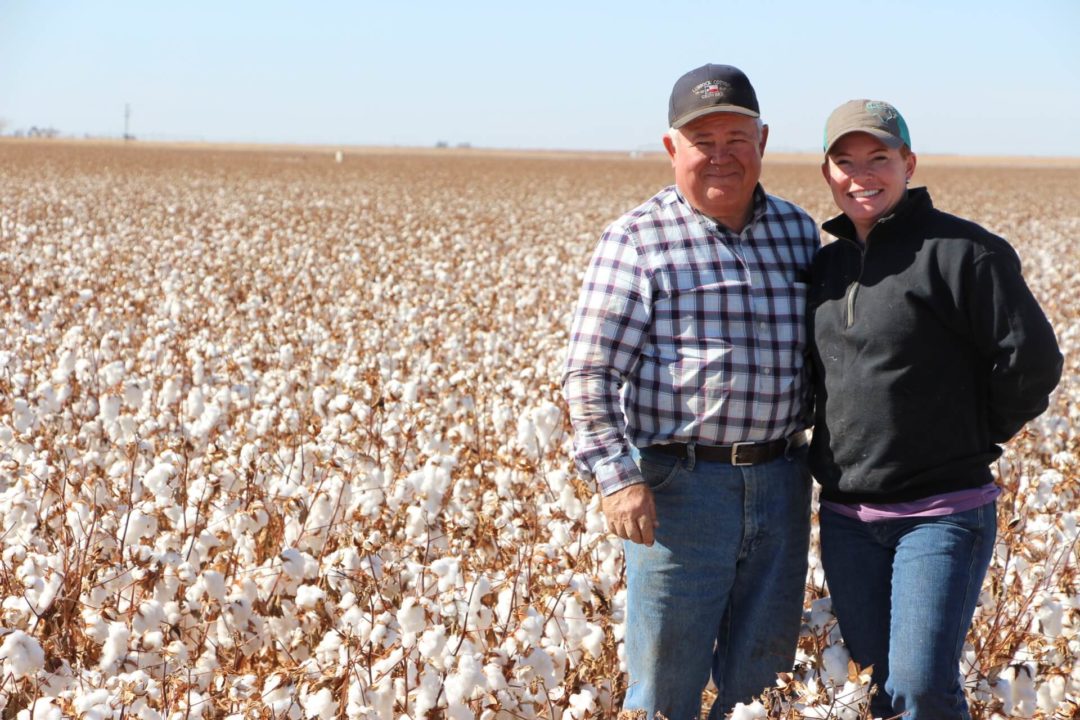Despite Price Dip, Bullish Demand Still Rules the Market
It’s a mixed bag, yet nothing to celebrate except for the textile mills.
The past two-week price drop was not so much unexpected as it was much deeper than had been expected – especially this soon. We had cautioned growers several times not to let red December fall before 90 cents without pricing as much as 50% of expected production. It is doubtful 90 cents will be visited again, given any sibilance of a normal production season.
The driving price for both old crop and new crop prices has been the extremely bullish on-call sales versus on-call purchases ratio. This has been supported by very strong demand as evidenced by the ability of yarn prices to hold their own despite rising cotton prices. The drop in prices has cemented strong demand into the second quarter of 2022 and even somewhat into the third quarter of the new year.
We have long been 100% sold on old crop. But now, the uptrend line is broken, and old crop prices are looking to find support near 104-105 cents and attempt a very modest recovery – maybe 4 to 5 cents. We had projected the on-call ratio would support the March, May, and July contracts near the 110-cent level in any case. Yet, extreme inflation fears – coupled with Congress’s inability to vote against any spending legislation and the Fed’s historical easy money approach – doomed the uptrend in prices.
December 2022 can see a small increase, up 200 points, but the trend is lower based on increased global plantings. The old crop futures contracts could possibly see as much as a 5-cent increase. Yet, with U.S. carryover expected to increase, an extreme 15 cent drop in prices cannot be discounted, especially if U.S. exports fall as low as 14.5 million bales – below USDA’s current estimate. U.S. exports will fail to meet that level, but the magnitude is still very uncertain. Look for USDA to drop its estimate to 15.0 million bales.
On the export front, the U.S. is flush with very high-grade cotton, and demand will remain strong. If the transportation system was working properly, then the U.S. could easily export 16.0 to 16.5 million bales. Simply getting the cotton moved to the port and/or loading onto ships has been the challenge of a lifetime.
The on-call sales to purchases ratio continues to favor a bullish flair. But outside factors, coupled with the government’s penchant for coronavirus scare tactics, can easily send the market lower. The energy complex continues to pressure polyester prices higher, but that influence is essentially offset by the rising prices for energy – the essential input for the very expensive agricultural fertilizer needed for cotton, corn, and soybeans, in that respective order.
This week’s on-call report was essentially moot as it was evident that price fixations dominated the week’s market activity. The market will not have a good read on the bullish potential of such on-call sales until the December supply demand report, as that report will pick up this week’s fixations.
The other factors drawing the most attention in the market include the size of the Indian crop (likely less than the size of the current USDA estimate); the size of the Australian crop (also likely less than the current USDA estimate); the size of the Chinese crop (also less than the USDA estimate); and the expected increase in the estimate of U.S. domestic use (small but up to 200,000 bales larger, sooner or later). Despite inflation fears, coronavirus fears, and high prices, world demand should be firm or slightly higher than the current USDA estimate.
USDA will release its December supply demand report on Dec. 9 at 11:00 am Central time. Including the factors mentioned, an adjustment to U.S. exports as it affects U.S. carryover will be very important to price activity.
Following the report’s release, it will be discussed live by the Ag Market Network Cotton Roundtable team at 1:30 Central time. To listen or participate, call 605-313-5148 and enter code 571052#. An archived recording will be available at the Ag Market Network’s website and Facebook and Twitter pages.
The report is expected to be mildly friendly.
January and February bring the first historically viable estimates of 2022 planting intentions. Such reports are expected to indicate a 10% to 15% increase in acreage planted.
It’s a good day to sell old crop cotton.
Give a gift of cotton today.









